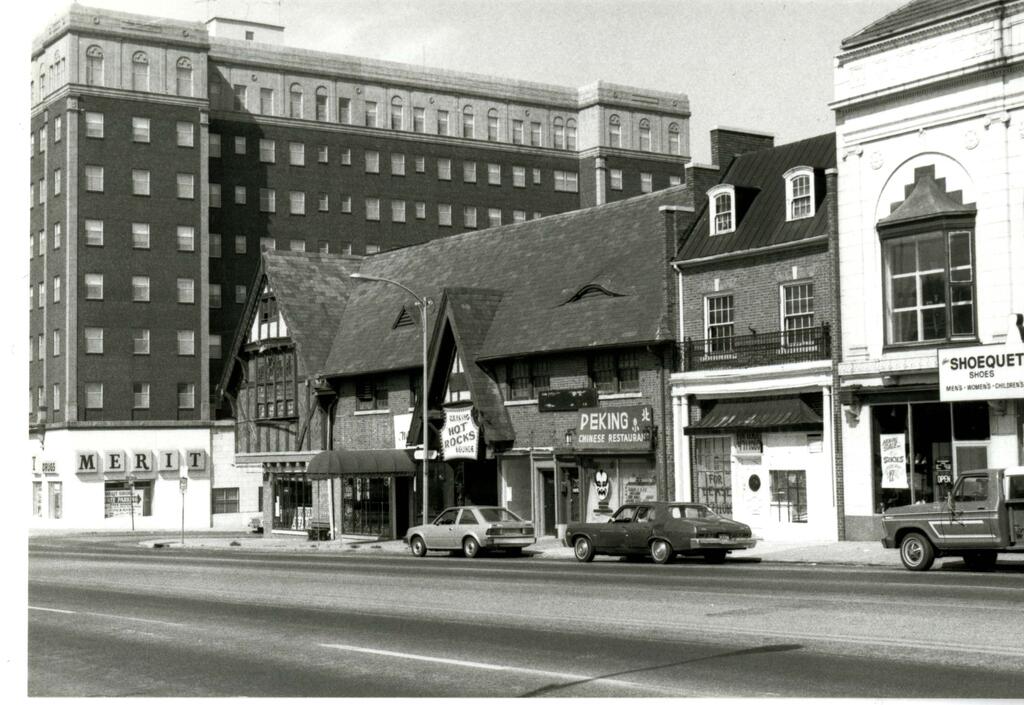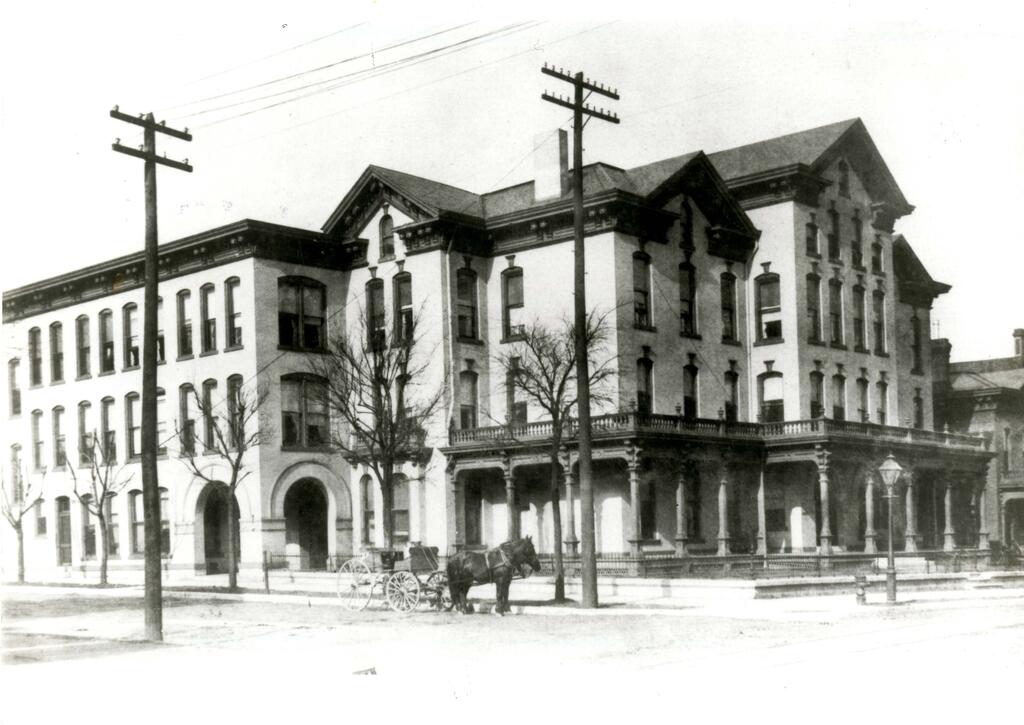Urban development in Kansas City took off at the end of World War II when the American Housing Act, part of President Truman’s Fair Deal, allowed for cities to demolish blighted areas to make way for new public housing. With the end of the war and the economic depression behind them, people gravitated toward modernization and many historic buildings and neighborhoods in Kansas City were lost to urban renewal.
The 1960s brought a renewed vigor in saving Kansas City’s most vulnerable structures and neighborhoods from demolition. As the trend toward preservation grew, local activists banded together to form the Historic Kansas City Foundation (now Historic Kansas City). The nonprofit organization assembled in 1974 to advocate for the preservation and rehabilitation of historic buildings, neighborhoods, and places in Kansas City. In doing this, they sought to work with other historic preservation groups in the area such as the National Historic Landmarks Program, Historic Preservation Commission, and local historical societies.
Today, Historic Kansas City continues to be a voice for preservation. Through the use of National Register of Historic Places designations, historic tax credits, and other tools, the group works to save the city’s most endangered structures.
Another core mission of HKC is to raise public awareness and appreciation of local history and architecture. Their outreach efforts include heritage hikes and tours, the Moveable Feast bi-annual fundraiser, and a quarterly e-newsletter. In addition, HKC gives out annual awards to individuals and organizations who have championed local preservation efforts.
The organization’s records, some of which were donated to the Missouri Valley Special Collection in 2011 and 2014, document these efforts. The collection, which has recently been processed and made available to researchers, contains photographs and publications that document many of the projects and preservation efforts of HKC. A large number of these photographs of Kansas City neighborhoods, residences, businesses, people, and places have been digitized and added to the Missouri Valley Special Collections website. The 370 plus images are an invaluable resource for studying Kansas City’s built environment, and are available to view through the new Historic Kansas City Foundation digital collection.








